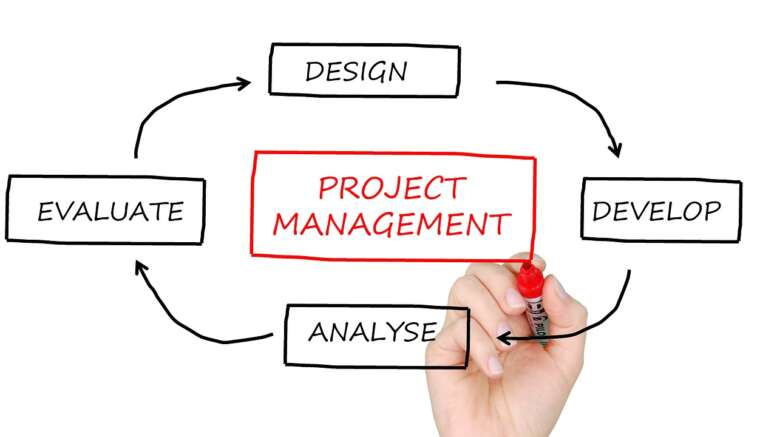Stages of Project Management
let’s discuss about the Stages of Project Management: All projects have a life cycle and at each stage boundaries are made to define what a project is and how it fits into the organizational structure.
While some projects have clearly defined boundaries and are characterized by clearly defined roles and responsibilities; other projects have no boundaries, roles or responsibilities and have to be defined by multiple people with varying definitions of what a project is.
Within project management there are 5 common stages in the life-cycle of a project that will be the subject of this article. Each of these stages will be detailed in a separate article, and links to it will be provided at the end of this article. As outlined on a professional project management courses.
Initial Up-front Planning:
Up-front planning assumes the idea that a project must go through a multi-year highway development direction but this phase (or phase) may be on a much smaller scale. If it does go through a higher order of planning it may be on a much bigger scale. On the initial phase you need to focus on how to increase organic traffic of your website, before you can start it.
For example, start-up activities are generally larger in scope and are going to have lower area cost. The decision of how to document all of these activities will influence the next two phases.
Point A/B Planning:
Point A/B Planning is anticipating what an organization needs to do to get something done, and if it is going to be “good enough”. It also puts into perspective the organization’s priorities when it comes to how the resource is going to be used. This way an estimate can be made of how much the project will cost.
For Example:
If a company needs to complete a project to expand their storage system this probably creates a problem unless a line of flooring is chosen (perhaps one company figured “this is just what we need” and the other company never realized this).
Project Get-to-os:
Getting that all-important necessary project to the front of the line will depend on what needs to be done, how long it will take and if it has to occur on a weekend or a holiday. Over time this process will take much longer and/or cost bigger than it would if a project was going to occur when the leader knew the exact time. For website analysis you need to know how to add sitemap in blogger. So that you can view the whole list of URL.
Project Team Building:
When team work becomes a requirement as the project team members come to a common understanding of the project communication capabilities, decision-making ability, etc. (increase accuracy) and come to know each other, project leaders have the greatest chance of success.
Project team members will also be a great resource to help determine if the project demands training. In reality, it makes perfect sense to both use them as cheerleaders and to listen to their complaints and keep them involved in order to get the best project result.
Reads More: What are The Requirements to Get CDSCO Certificate
Project Team up-front set-up:
When the project task force (which may be one or more decision-makers and a facilitator) meets to determine what the next general idea is the next agenda and how and when will it be implemented is Heritage churches needs to object to this problem. The best use of the time will also be to utilize the project team.
Sometimes it is helpful to “bring the session full circle”. That means if there are not more productive things to do, it makes sense to return to this ” awakening” stage. Audio or video less meetings are also a great way to use this stage. If the project team is working from the leaders’ or panel’s cellular laptop, the load can even be lifted for the outburst sessions by audio/video less board meetings.
Proposed First Deliverable:
Once the group creates a feeling of excitement about what a project “should” deliver, the group will have to create a way to get the deliverables being defined. A project manager must determine how to create ways to define the scope and deliverables.
One approach may be to have a sole, dedicated manager do this part of this project, or for the project and organization to split the work amongst other teams if the deliverables are small. If work is being split among teams, the manager must set up the work so that it is possible to raise issue for action if one or more teams do not meet the defined deliverables.
It also makes good sense to have the deliverables defined in the beginning of planning, and have the teams set their RC agenda with the creation of their deliverables.
Reflection, and Next Activities:
Reflect on the previous year of the project. What has been useful with this project, what hasn’t? What type of assessment have you used that would enable you to increase your chances of success? How can you prevent the issue of failure?


Be the first to comment on "5 Stages of Project Management"